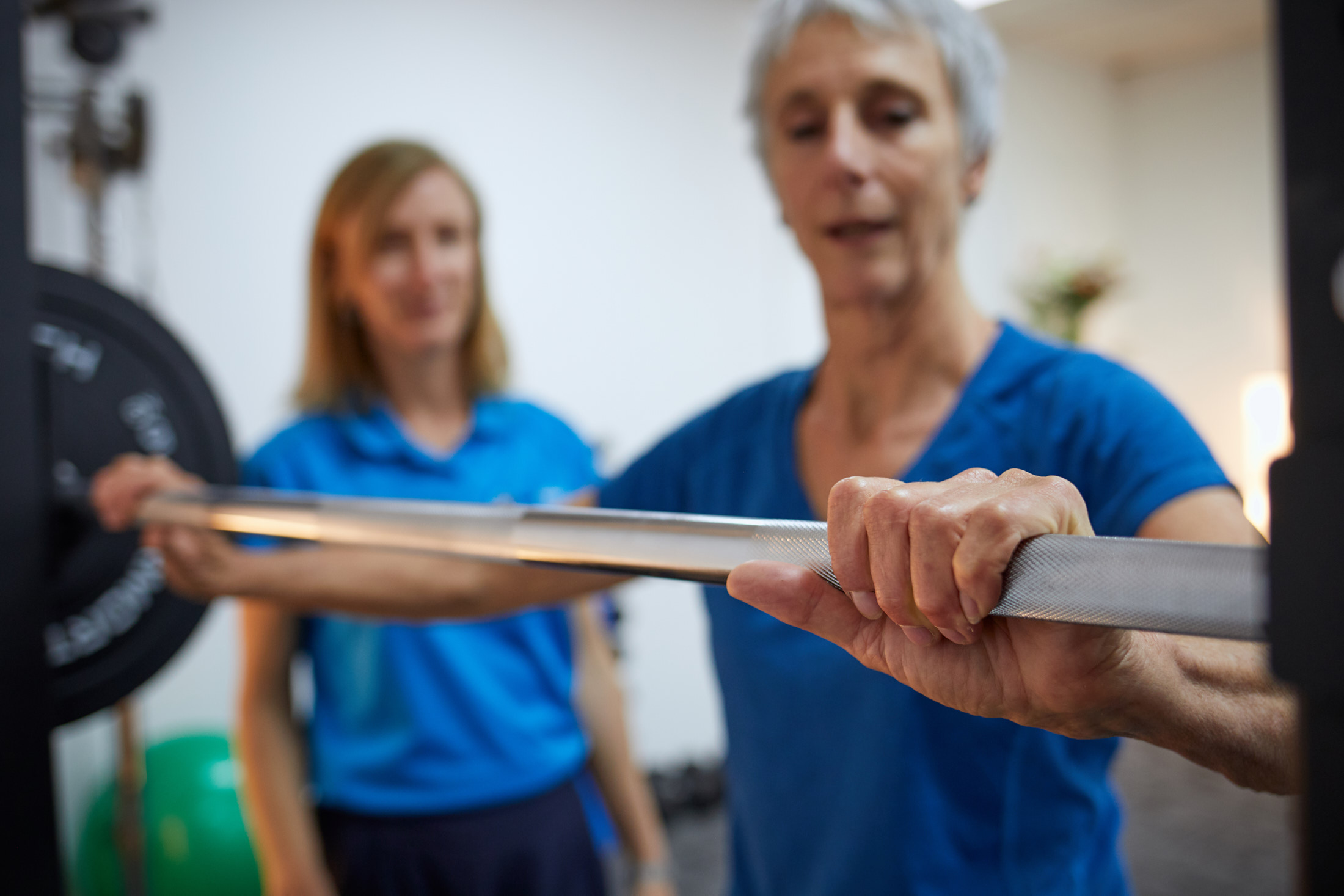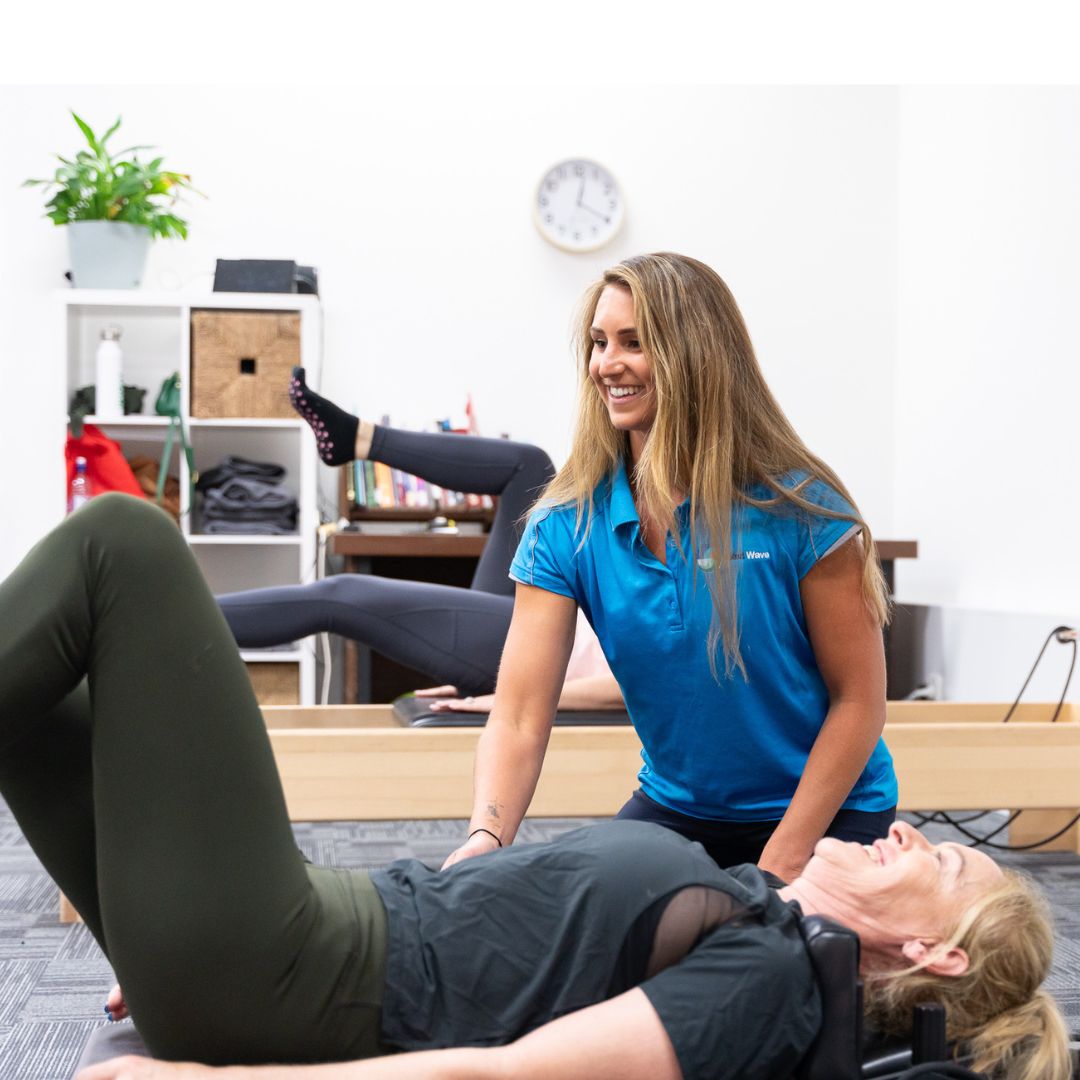The Birth of a Mother, Matrescence
Congratulations!
If this is your first pregnancy, you are entering a new phase of your life and it’s known matrescence or ‘the birth of a mother’. For those mothers already ‘born’, welcome to a new chapter of the incredible journey.
You are experiencing the wonder of your body growing (and growing and growing!), expanding and adapting to nurture new life. At the same time, your hormones are doing weird things, your hair and skin might be behaving in unfamiliar ways and you are developing a new relationship with a body that is changing momentously!
You have likely been told that exercise is absolutely encouraged in uncomplicated pregnancies due to its proven and many benefits.
At the same time you may be experiencing a myriad of new feelings – tired, emotional, joyous, excited, worried, sick, glowing or achy to name a few!
We want you to know that exercise is absolutely going to be a part of your pregnancy and beyond.
Motivations to exercise
This list of research backed benefits should provide heaps of motivation to schedule exercise into your pregnancy.
-
Prevents excessive weight gain
-
Makes you feel good, reduces symptoms of depression
-
Prevents and manages maternal-fetal disease such as gestational diabetes and pre-eclamsia
-
Is associated with shorter and less complicated labour, and improved recovery
-
Is associated with fewer neonatal complications
-
Improves fetal tolerance of labour process (Albright, 2016)
-
Has benefits for fetal health and well-being – extending into childhood: body weight and composition, cardiovascular health and nervous system development (Moyer et al 2016)
-
May have benefits in glucose tolerance and insulin sensitivity
-
No harm. There is no evidence to suggest exercise is detrimental to woman or fetus.
What are the current recommendation for exercise during pregnancy?
According to the Royal Australian and New Zealand College of Obstetricians and Gynecologists, pregnant women benefit from the same amount of exercise that is recommended for every adult (unless you have a previous condition or a pregnancy condition that requires you to modify exercise)
-
150-300 minutes of moderate intensity physical activity each week
-
2 strength training sessions per week
If you are active on most days of the week for at least 30 minutes at a time, you are hitting this mark.
How hard can I work?
Whilst pregnancy is not a time for serious competition or aiming to reach peak lifetime fitness, you are indeed training for a marathon of its own kind – labour!
You can monitor your effort in a few ways.
If you have the gadgets – you should aim for an equivalent of 60-80% of your maximal aerobic capacity.
Maternal Age Target Heart rate (bpm)
<20 years 140-155
20-29 years 135-150
30-39 years 130-145
>40years 125-140
If you haven’t exercised for a while– aim for the lower end of this range, but if you are used to regular exercise you can work to the upper end of this zone.
Another way to measure exercise intensity is to rate your perceived exertion.
6 – 7 Very, very light
8 – 9 Somewhat light
10 – 11 Fairly light
12 – 13 Somewhat hard
14 – 15 Hard
16 – 17 Very Hard
18 – 20+ Very Very Hard
You are aiming for moderate intensity on this scale,12-14, or a simple ‘talk test’ whereby you can comfortably hold a conversation. Exercise is considered vigorous (too intense!) if you need to pause for a rest in your conversation.
What if I’ve never exercised before?
If you haven’t been active, or are overweight then starting at 15-30 minutes of activity and building up slowly to 30 minutes is recommended.
What sort of exercise can I do?
Choose an activity that you enjoy, hydrate and eat well, and exercise in the cool of the day to avoid overheating. You should participate in both aerobic and strengthening exercises.
Aerobic exercise involves the continuous use of large muscle groups that elevates the heart and breathing rate.
Walking is a practical type of exercise during pregnancy, but must be performed at a ‘brisk’ pace for aerobic benefit. Stationary cycling and swimming are also popular in pregnancy.
Swimming can be extra helpful if you are experiencing oedema. The water temperature should be appropriate to ensure no overheating.
What about running?
If you are a runner, there is no evidence to suggest you can’t continue this exercise during pregnancy. You may need to adjust your routine for comfort, and monitor yourself for intensity and some increased risk of injury due to changes in your body listed below.
And Strength training?
Women should aim for 2 x strength sessions per week, on non-consecutive days, covering the main muscle groups of the body.
If you haven’t performed strength training before, stick to higher repetitions and lower weights (1-2 sets of 12-15 reps). You can use light weights, body weight or elasticised resistance bands. You should aim to work at the same level as for aerobic exercise et 12-14 on the scale. Movement should be slow and steady. No exercise should be performed lying flat on your back after the first trimester.
It’s advisable to get individual guidance when beginning a new strength program. All Next Wave therapists are highly experienced to assist you in this area.
Strength training absolutely includes the training of pelvic floor muscles and will be discussed next.
What else do I need to consider when exercising?
-
Increased body weight – means increased loading at the joints. This is why well-supported activities might be more comfortable compared with weightbearing exercising such as walking in the later stages of pregnancy
-
Change in weight distribution – As your belly grows it alters your centre of gravity. Modifying exercise to minimise or avoid fast changes in direction is advised.
-
Increased ligament laxity – Can increase your risk of injury, and comes with the same caution for changes of direction. It is wise to avoid jumping. Stretching should be performed slow and controlled.
-
Decreased blood pressure – Avoid rapid changes in posture to avoid dizziness. Include a cool down.
-
Increase in resting and submaximal heart rate – Means your target heart rate will likely be reached at a lower work-load.
-
Increased metabolic rate – Animal studies have shown that a substantial increase in core body temperature is associated with congenital defects. Humans shoulder take precautions to avoid exercise in high temperature and humidity, hydrate adequately and wear loose-fitting clothing. The guidelines assure that 35 minutes of high intensity exercise (90% of maximum HR) in 25 degrees and 45% relative humidity is unlikely to increase core temperature above 39 degrees.
-
Enlarged uterus – The weight of the uterus may obstruct venous return, hence the recommendation against exercising lying on your back.
-
Growing fetus – The guidelines caution with common sense that activities with a risk of falling (eg horse-riding) or impact to the abdomen (team sport games) should be avoided.
-
Weakened pelvic floor – Jumping or bouncing may add extra load to the pelvic floor muscles. Targeted exercises to strengthen the pelvic floor are highly recommended.
1 in 3 women who ever had a baby experience urinary incontinence. See this blog for specific advice on this topic, and check out the useful Pelvic Floor First website.
What if I am experiencing back or pelvis pain in pregnancy and it’s limiting my exercise?
Booking an appointment with a physiotherapist or women’s health occupational therapist can help identify what is causing your pain, and give you strategies to both manage the pain and continue to exercise in a safe and beneficial way.
Teaching you to move well, and using the correct muscles can really help with pain experienced such as turning in bed, or when walking. Many women are amazed at how helpful this can be and thought there was nothing that could be done until the baby came out. Look after yourself, and access all the support available to you during your pregnancy and beyond.
Reasons to stop exercise
It is important to stop exercising in pregnancy if you have vaginal bleeding or leaking fluid, regular contractions, shortness of breath or dizziness, headache, chest pain, calf pain or swelling, muscle weakness affecting balance.
You Doctor will advise you on modified or no exercise in cases of:
Heart disease, lung disease, incompetent cervix, multiple gestation, bleeding, placenta previa after 26 weeks, premature rupture of membranes, preeclampsia or severe anemia.
Want more help?
Our physiotherapists and women’s health occupational therapist can help yo with individualized exercise plans. They can also help you to plan your exercise after birth.
References
Albright E.(2016) Current Sorts Medicine Reports. Exercise During Pregnancy
The Royal Australian and New Zealand College of Obstetricians and Gynaecologists (2020) Exercise during Pregnancy
Moyer C, Roldan Reoyo O and May L (2016) The Influence of Prenatal Exercise on Offspring Health: A Review. Clinical Medicine Insights: Women’s Health
Copyright Next Wave Therapy






